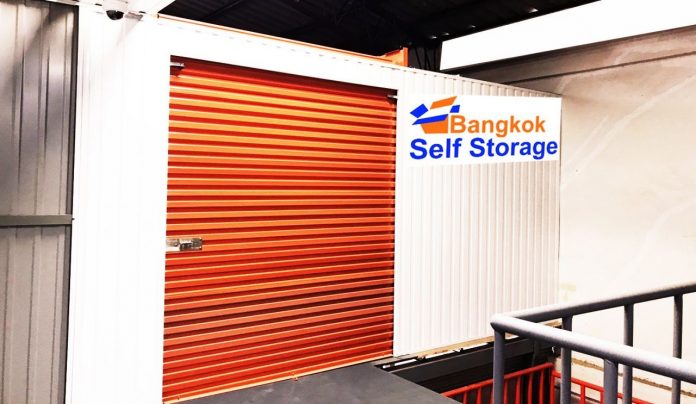
The self storage industry has a brief history in Asia compared with that in the more mature markets in Australia, Europe and North America, but evolution is following to this part of the world as the notion of storing personal belongings elsewhere catches on.
Self storage also provides a flexible alternative for businesses that do not want to sign long- term leases and prefer to rent an appropriately sized space from a service provider, instead of a large warehouse where much of the space may go unused.
Outside of Australia, the industry is most established in densely populated regional cities such as Hong Kong, Singapore and Tokyo.
However, the concept is also catching on in China and Taiwan, and in very early development stage in India and parts of Southeast Asia.
Self storage markets in Asia Pacific are quite diverse and facilities on offer may vary substantially from one market to the next.
In the broadest classification, facilities are either indoor or outdoor. However indoor facilities can be housed in a warehouse or other industrial buildings (Hong Kong, Singapore and India), lower grade office buildings (Tokyo) or general purpose commercial and even residential buildings (China and Taiwan) while outdoor facilities can include shipping containers.
Leasing and owner-occupation represent two different options for operators. Leasing is more common in the region as more operators prefer leasehold interests that present lower entry costs.
In general, JLL found that operators lease space for 2-3 years in Hong Kong, Singapore, Tokyo and Taipei, and up to 5 years in India and 10 years in China.
Visibility into asset pricing of assets is relatively low as there are few self storage facilities sales transactions outside of Australia.
Based on our estimates…


